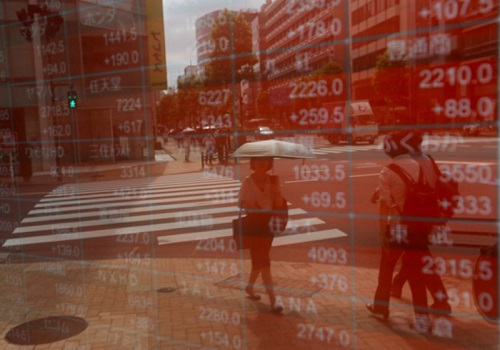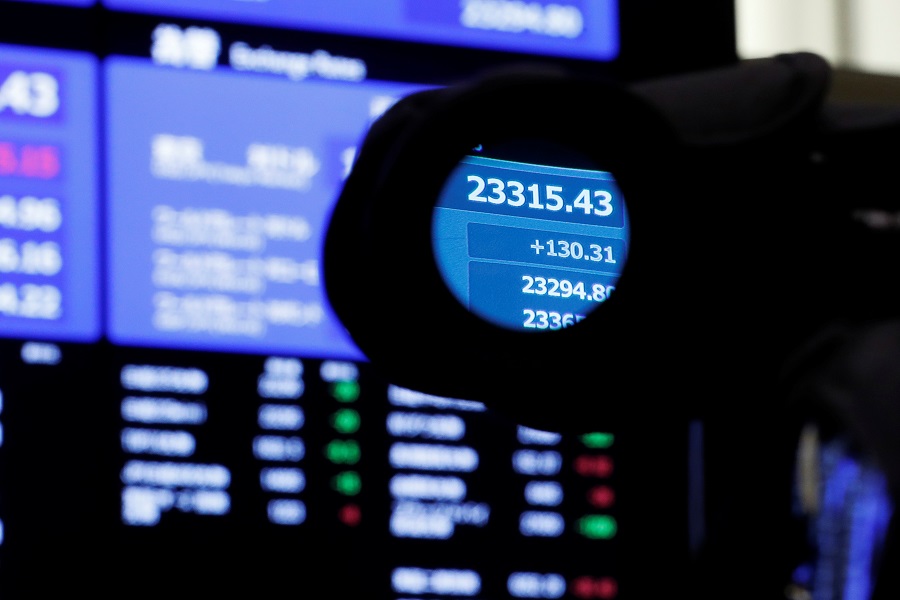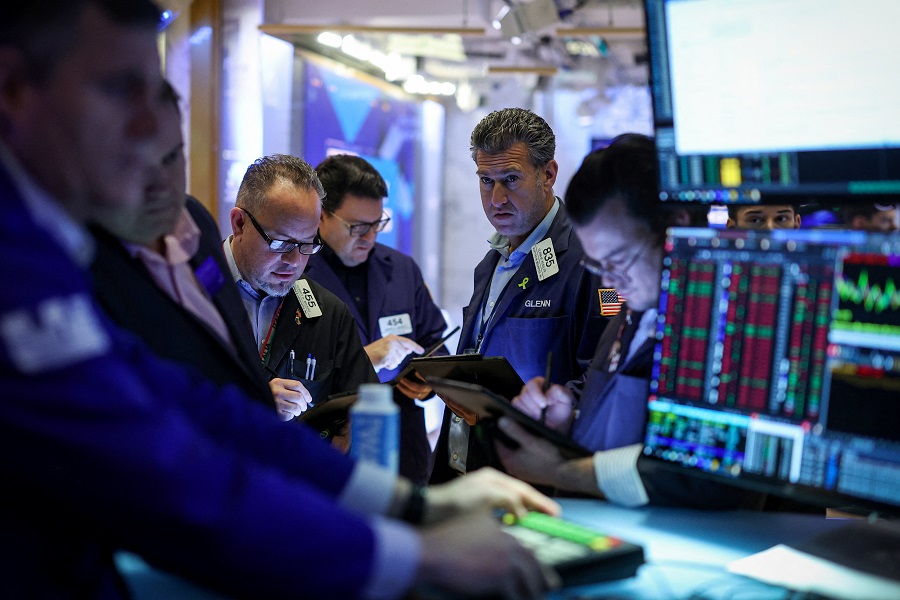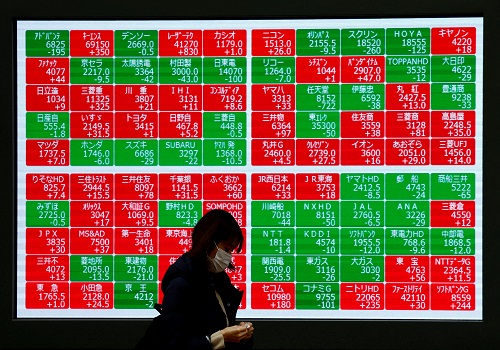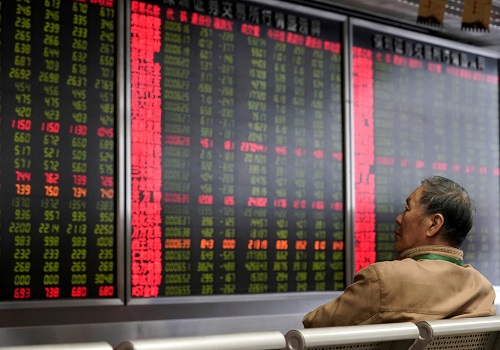Japanese stocks down, yen steady as markets brace for landmark BOJ shift
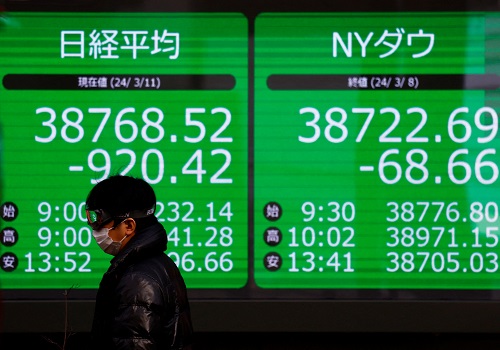
Japanese shares fell on Tuesday along with regional markets, while the yen was steady heading into a pivotal Bank of Japan meeting that could end eight years of negative interest rates and usher in the nation's first policy tightening since 2007.
In a week filled with central bank meetings across the globe, the BOJ takes the spotlight on the day with all signs pointing to the central bank shifting away from its ultra easy monetary policy.
The BOJ is widely expected to set the overnight call rate its new target and guide it in a range of 0-0.1% by paying 0.1% interest on excess reserves financial institutions park with the central bank.
The central bank may also ditch its bond yield control and discontinue purchases of risky assets such as exchange-traded funds, sources have told Reuters.
Japan's Nikkei was 0.73% lower, while Japan's 10-year government bond yield rose on Tuesday and the yen was rooted at 149.26 per dollar ahead of the decision.
"The focus of today’s (BOJ) meeting should not be on the rate decision itself but on its forward guidance," ING economists said in a note.
"If the BOJ signals really slow and cautious steps ahead, then the market is likely to be disappointed. There is a slim chance that the BOJ expresses a hawkish tone in its guidance, in which case, the market reaction could be quite substantial for the yen and Japanese government bonds."
Analysts also point to caution ahead of the Federal Reserve's policy decision on Wednesday and on possible tweaks by the central bank to its projection of rate cuts for the year.
Dollar/yen traders are looking more intently at the Fed meeting, and potential changes in the 'dot plot', as a volatility driver, according to Chris Weston, head of research at Pepperstone.
MSCI's broadest index of Asia-Pacific shares outside Japan fell 0.7%. China stocks fell, with Hong Kong's Hang Seng index down over 1%, while the blue-chip shares eased 0.3%.
CENTRAL BANK BONANZA
Investors are also awaiting policy decision from Australia's central bank later on Tuesday. The Reserve Bank of Australia is widely expected to hold rates steady with the focus on whether policymakers decide to further water down its tightening bias.
While financial markets have priced in rate cuts for most other major central banks starting around June, the RBA is a notable outlier with no such mid-year pricing.
The Australian dollar slipped 0.21% to near two-week lows of $0.6546 ahead of the decision. The Aussie is down 4% against the U.S. dollar this year.
The Fed is widely expected to hold rates steady on Wednesday, with the market's attention on policymakers’ updated economic, comments from Chair Jerome Powell and interest rate projections.
Last week's stronger than expected inflation reports led traders to reduce their bets of rate cuts this year, with markets pricing in 71 basis points of easing this year. At the start of the year, traders were pricing in 150 bps of cuts.
Traders are pricing in a 54.7% chance of the Fed starting its easing cycle in June, the CME FedWatch tool showed, sharply lower from earlier expectations.
"The Fed likely won't tell us if a June cut is the baseline, but rather will continue to express confidence that multiple cuts are still expected for this year," said Erik Weisman, chief economist and portfolio manager at MFS Investment Management.
Weisman said a lot will be riding on the next inflation report due next month, where "another strong print would likely call into question Fed cuts this year, while a lower figure will probably put a June cut firmly back on the table."
The yield on benchmark 10-year Treasury notes eased 1.4 basis points to 4.326% in Asian hours, having risen to a three-week high of 4.348% on Monday. The elevated yields boosted the dollar, with its index touching a two week high of 103.67.
In commodities, spot gold was last at $2,159.10 an ounce. U.S. crude fell 0.13% to $82.61 per barrel and Brent was at $86.81, down 0.09% on the day.
Cocoa futures in New York and London gained more than 4% on Monday to reach record highs, buoyed by a supply shortage after poor crops in West Africa.

















